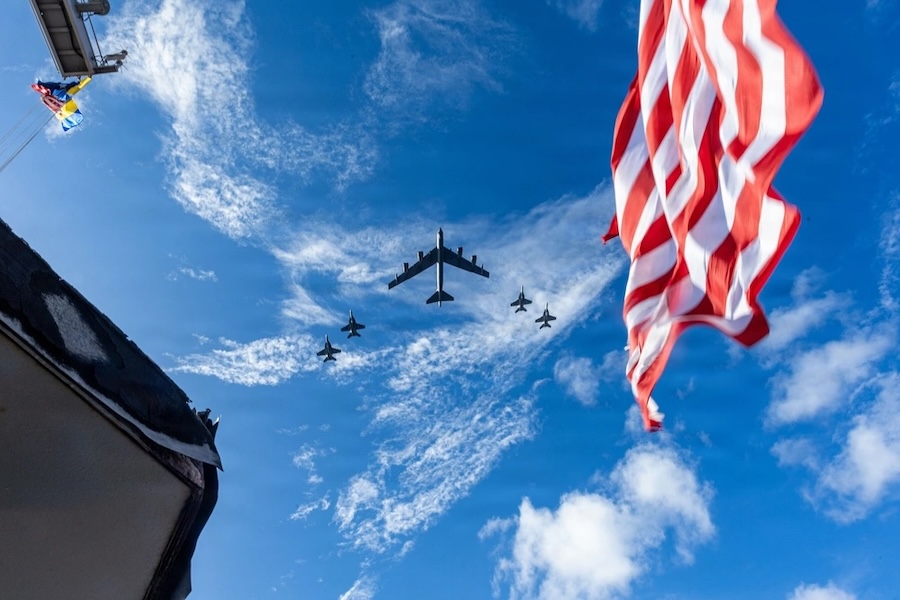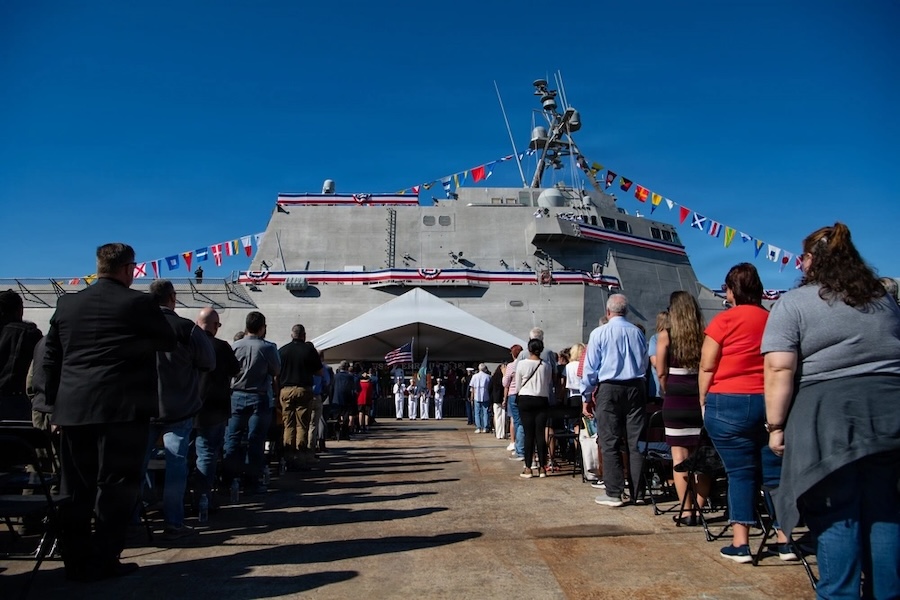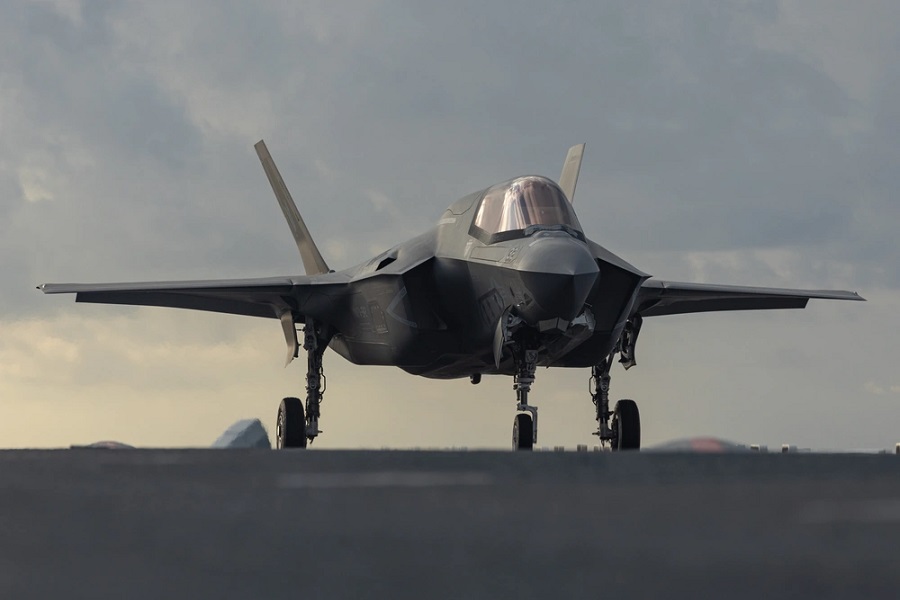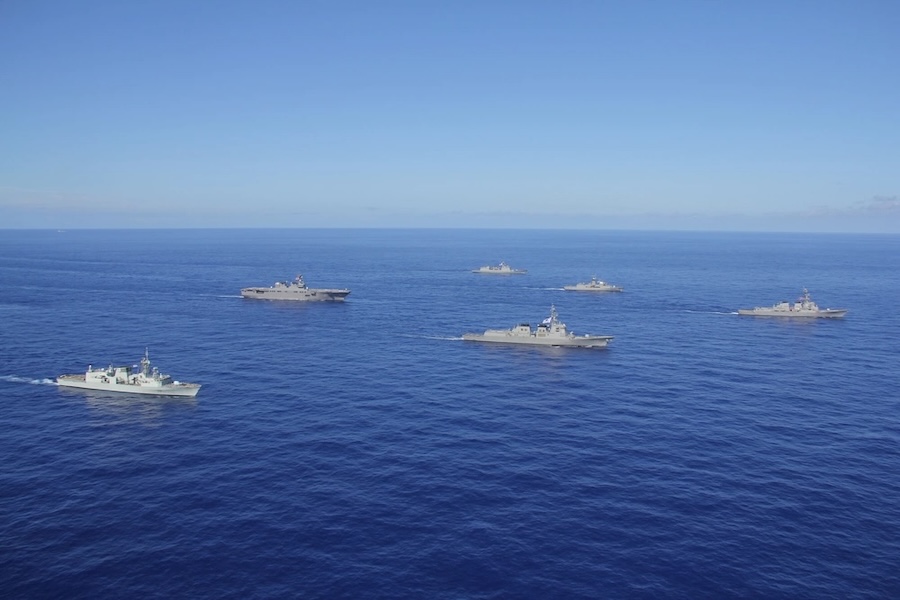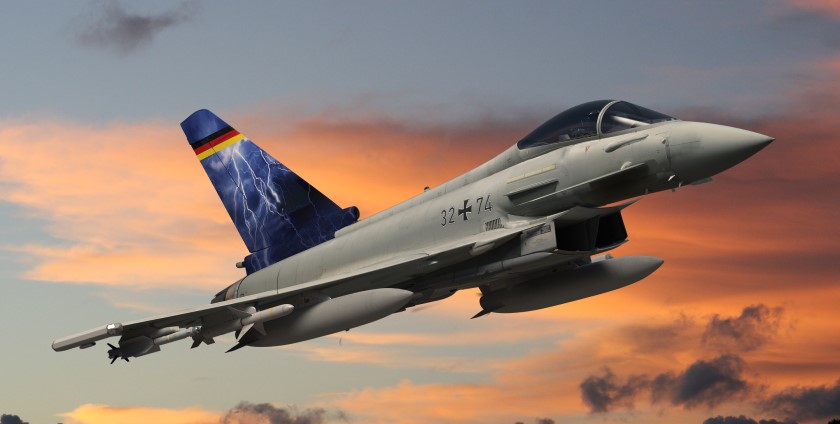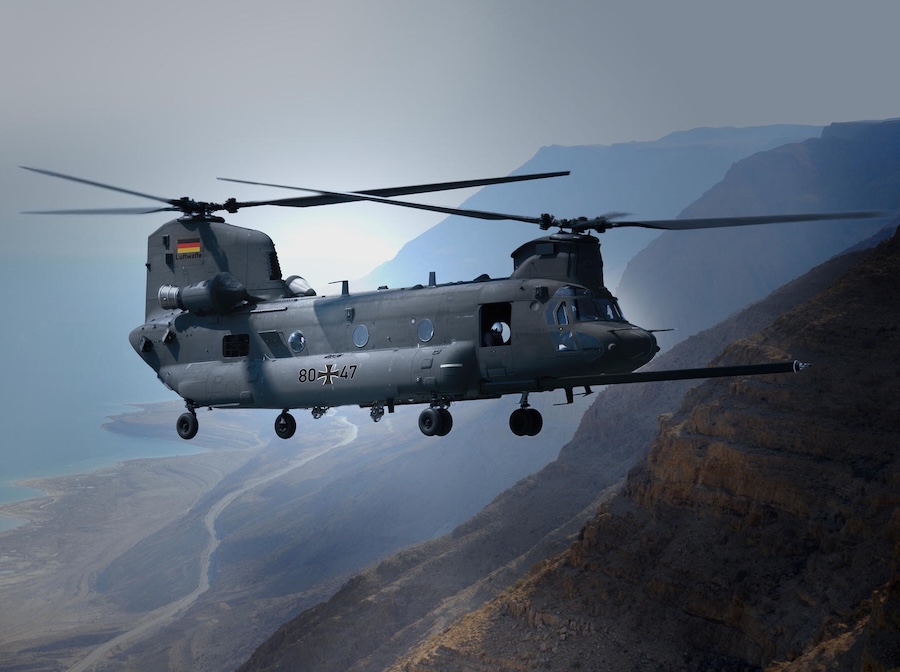The HIMARS rollout is aligned with the Army Transformation Initiative, launched under the direction of Defense Secretary Pete Hegseth in April to modernise forces and advance President Donald J. Trump’s “peace through strength” policy. “To build a leaner, more lethal force, the Army must transform at an accelerated pace by divesting outdated, redundant and inefficient programs,” said Hegseth.
As part of this initiative, the 25th Infantry Division will improve its operational reach and warfighting readiness with the integration of HIMARS. “What this means for the division … is that we are integrating in long-range precision fires that increases the ability to extend our operational reach,” said Maj. Gen. Marcus Evans, division commander.
Evans emphasised the increased lethality and survivability of the new systems compared to towed artillery. “They will work with a weapon system that [not only] has increased survivability, but increased operational reach with the range that [HIMARS] have,” he said.
HIMARS will also allow the division to operate more flexibly in the field. “We can shoot and then we can rapidly displace or move to an area that affords us better protection,” Evans added.
While the division has previously used HIMARS, this is the first time the capability will be fully organic to the division artillery brigade. “As an example [there is] the transition of personnel,” Evans said. “There is a transition training course that has to go into effect.”
The first launchers arrived on 14 July, with deliveries to continue over the next six weeks. At the same time, the division is undergoing other transformations, including converting its intelligence and electronic warfare battalion into a multi-domain fires battalion.
“This increases their capability to see and sense further than what they’ve previously been able to do,” Evans said. “All of that will be organic to the division artillery and supporting the division to be able to set conditions for the joint force.”
Seventy-three soldiers trained in indirect fires have volunteered to transition from howitzer operations (13B MOS) to rocket platform operations (13M MOS). Twenty-seven have already trained with the National Guard to prepare for operating HIMARS.
“We’ll continue to complete that process,” said Command Sgt. Maj. Sean E. Swint. “Today our soldiers are now equipped with HIMARS, a combat-proven platform that just elevates our warfighting readiness in the Pacific.”
Morale within the ranks remains high, according to Command Sgt. Maj. Shaun Curry. “There’s been a large drive from these [noncommissioned officers] and junior enlisted service members — they want to stay in the Pacific, they want to stay in Hawaii. But more importantly, they want to be a part of the cutting edge of warfighting for our nation,” he said.
After a three-week training period on HIMARS, soldiers will return to their units to prepare for a validation exercise at the Joint Pacific Multinational Readiness Center this autumn. “As part of JPMRC in the fall, it will validate the DIVARTY formation in a division with HIMARS,” Evans confirmed.
The exercise will also assess new capabilities including infantry squad vehicles and drones capable of reconnaissance up to 25 miles. “We have got technology into the hands of soldiers that allows them to see, sense and strike, protect and sustain at a faster rate,” said Evans.
To integrate the changes, the division is consolidating howitzers into a single battalion and equipping the other with HIMARS. “The 2nd Battalion will now become a two-by-eight HIMARS battalion,” said Col. Daniel J. Von Benken, commander, 25th ID Artillery.
Von Benken is confident in the system’s benefits. “In this case, it’s clear that the HIMARS weapon system will make us more lethal at the end of the day,” he said.
Eight M119 105 mm howitzers and six M777 155 mm howitzers are set for divestiture as part of the shift. The decision follows official Army direction from April to implement rapid transformation initiatives.
“In terms of how we’ve been able to move quickly, we have been enabled by Army senior leaders and then ultimately good soldiers, noncommissioned officer leadership,” Evans stated.
Curry praised the collaborative effort to accelerate the transformation. “By combination of those … four entities, we’ve been able to move with the education process as rapidly as we have,” he said.











